Martell: Busting cognac myths
At the London Mondrian hotel pop up, the French liqueur's brand ambassador Matthias Lataille shares its rich history

For many people, cognac suffers from an old-fashioned image. At Martell, we are trying to lead the way in rejuvenating the category and dispelling a few myths. Not that we are not proud of our heritage – Martell is the oldest of the great cognac houses. Martell was originally founded in 1715 by Jean Martell – who was actually from Jersey – and it established itself as a luxury product in the 20th century after its launch at the Hotel de Paris in Monaco. The brandy was King George V's favourite, it was served on board the Concorde and was ordered for the wedding of Prince Rainier and Grace Kelly. However, it is not a product that has to be treated with reverence like an antique.
Myth 1: Cognac is the national spirit of France
France is the biggest consumer of Scotch and other whiskeys, but they don't drink much cognac. One reason is that France is very regional. If you are from the Cognac region, you drink cognac; further south, they drink armagnac; in Normandy, it's calvados; in Champagne, it'd be marc de champagne, and so on.
The Week
Escape your echo chamber. Get the facts behind the news, plus analysis from multiple perspectives.

Sign up for The Week's Free Newsletters
From our morning news briefing to a weekly Good News Newsletter, get the best of The Week delivered directly to your inbox.
From our morning news briefing to a weekly Good News Newsletter, get the best of The Week delivered directly to your inbox.
You might notice that the categories are described in English – VSOP means Very Special Old Pale, XO stands for Extra Old – and in a way, Britain is the real home of cognac. It was the biggest market for centuries, although it has been overtaken in recent decades by the US and China. In the 19th century, cognac producers would pay tax when they put barrels on a boat on the Charente river and again when it arrived in London. But if you took those same barrels to Paris on a donkey, it would take twice as long and end up twice as expensive because you'd pay a tax every time you took it through a different department of France.
Martell VSOP came about in the 1830s when cognac was actually shipped straight to England as soon as it went into the cask and aged in warehouses here; it was called 'early landed, late bottled cognac'. The more it was aged, the more valuable it was but then some unscrupulous importers started adding caramel to darken it and make it appear older. Theodore Martell would have none of that and wanted to make it clear that his product was authentically aged and higher quality, even if it was paler. By law, a VSOP has to be aged for a minimum of four years in French oak, but ours is blended from up to 50 cognacs aged between five and 10 years.
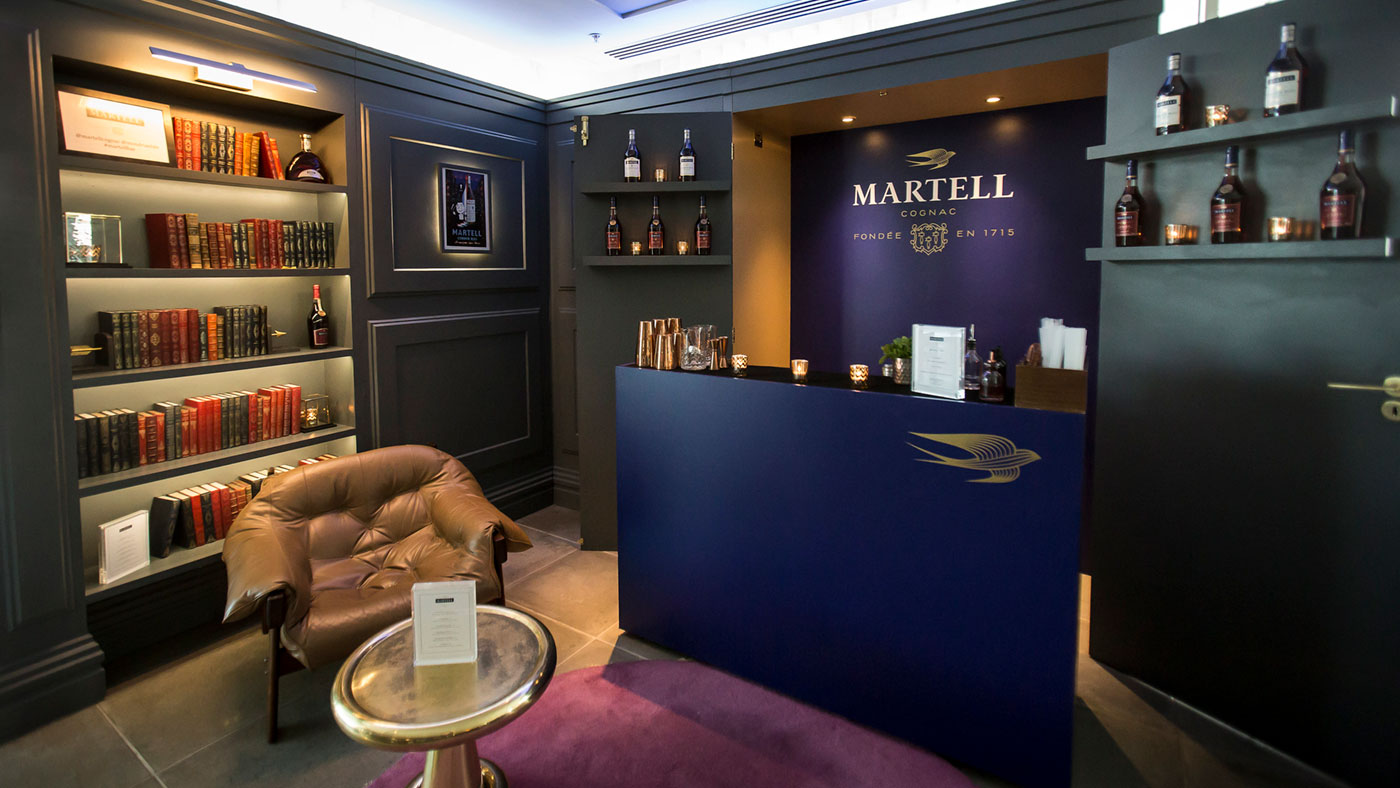
Myth 2: Cognac should only be drunk neat
Cognac is not only an after-dinner drink for old men sat in big leather chairs by the fire. In fact, the original cocktails, punches, toddies etc, were made with cognac, because it was such a popular spirit. Even many of the classics you know as being based on rye or bourbon – such as sazerac and mint julep – were originally made with cognac. Unfortunately, in the 1870s, just as Jerry Thomas was popularising cocktails in the US, the phylloxera bug ravaged vines in France and there was a shortage of grapes, so they turned to whiskey.
A free daily email with the biggest news stories of the day – and the best features from TheWeek.com
At our Martell Suite experience at the Mondrian Hotel, we serve a cognac sazerac –with absinthe, sugar, bitters and a twist of lemon – and a clear, spicy milk punch from a recipe I stole from my sister Clotilde, who is the bar manager at London’s Sardine restaurant.
Myth 3: Cognac should be drunk out of a huge balloon glass
A lot of people think that the more expensive a cognac is, the bigger the glass should be. The choice of glassware is important for enjoying all the flavours and aromas of cognac. But for neat cognac we recommend serving it in an elegant tulip glass, not a giant balloon glass – with the latter, yes, you have a wide surface area which allows the aromas to release, but the lip of the glass is not narrow enough to capture those aromas, so they escape and all you're left with is harsh alcohol vapour.
We have collaborated with Pierre Herme, the best pastry chef in the world, to create the Martell Gourmand – a glass of Martell VSOP cognac served with the macarons he is famous for, inspired by cognac cocktails such as the champagne cocktail and sidecar (with triple sec and lemon juice). I'm so pleased with the results – I kept sending Pierre back to the drawing board just so I could have another meeting and taste even more macarons.
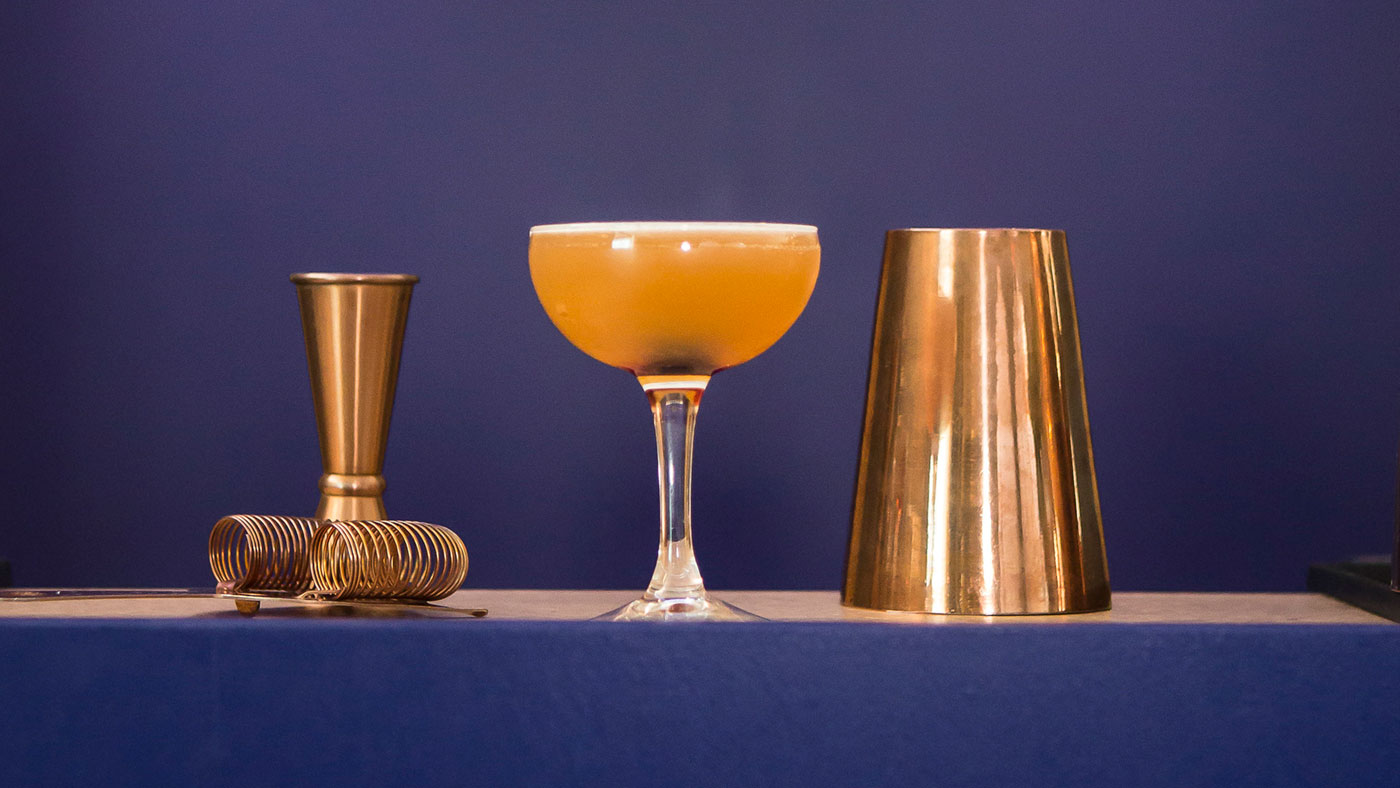
Myth 4: Different cognacs don't have the individuality of whiskies
There is a distinctive Martell style. When you have fermented the wine to distil into the clear eau de vie which is aged to make cognac, you can either distil it with the lees (the grape and yeast sediment at the bottom of the wine) or without. From the beginning, Jean Martell decided to discard the lees to produce a spirit which is light and elegant. Other cognacs are distilled with the lees, to produce a more robust cognac. The eau de vie is aged in one of two types of French oaks: fine-grain Troncais, used exclusively by Martell because it imparts more vanillins, and wide-grain Limousin preferred by other houses because it has more tannins, which suit their style but could overwhelm Martell’s delicate spirit.
Then, within the Cognac region, there are specific terroirs which affect the flavour of the spirit. Martell owns 60 per cent of the vineyards in the hilly Borderies area immediately around the town of Cognac and eaux-de-vie from there have a distinctive floral nose and spiciness on the palate. To the south of the town is the chalky soil of Grande Champagne and Petite Champagne (not to be confused with the north-eastern region), which produces very fruity spirit.
Those two terroirs form the backbone of Martell XO, which is blended from eaux de vie aged between 10 and 35 years. At our Martell Suite experience at the Mondrian Hotel, guests have a chance to taste the differences between Martell XO, Cordon Bleu and a family reserve made from Borderies grapes, which is normally only available at the chateau in Cognac. You find candied citrus and gingerbread spices, as well as red fruit, but with a light, dry finish in the XO. In Martell Cordon Bleu the majority of the spirit is from Borderies, has violet and lavender on the nose and is very fresh and herbal with anis and liquorice tones. It has nuttiness, but it's more like dry-roasted almonds, as opposed to marzipan notes you'd find in the XO or even the VSOP. The Reserve Borderies has something else again – incredibly smooth, rich mouthfeel, umami flavours and roasted coffee, dark chocolate bitter-sweetness.
MATTHIAS LATAILLE, from Alsace-Lorraine, is the brand ambassador of Martell Cognac. He is a qualified intellectual property lawyer who came to the UK to improve his English. He took a job at the Connaught Hotel in London, where he learnt the classic cocktails, before going on to be head bartender at Green & Red in Shoreditch, specialising in Mexican spirits and became brand ambassador of Altos Olmeca tequila. In the run-up to Martell’s 300th anniversary in 2015, he was asked if he'd like to go back to his French roots; martell.com.
The Martell Suite experience at the Mondrian Hotel is available until 6 May. The evening of cocktails, food pairings and tastings takes place in a private suite overlooking the Thames, tickets £45; eventbrite.co.uk
-
 How climate change is affecting Christmas
How climate change is affecting ChristmasThe Explainer There may be a slim chance of future white Christmases
-
 The MAGA civil war takes center stage at the Turning Point USA conference
The MAGA civil war takes center stage at the Turning Point USA conferenceIN THE SPOTLIGHT ‘Americafest 2025’ was a who’s who of right-wing heavyweights eager to settle scores and lay claim to the future of MAGA
-
 The 8 best drama movies of 2025
The 8 best drama movies of 2025the week recommends Nuclear war, dictatorship and the summer of 2020 highlight the most important and memorable films of 2025
-
 Journey through gin at Holborn Dining Room
Journey through gin at Holborn Dining RoomIn Depth Kristian Smith recalls the infamous history of the classic drink as he prepares to host a weekly masterclass at London's largest gin bar
-
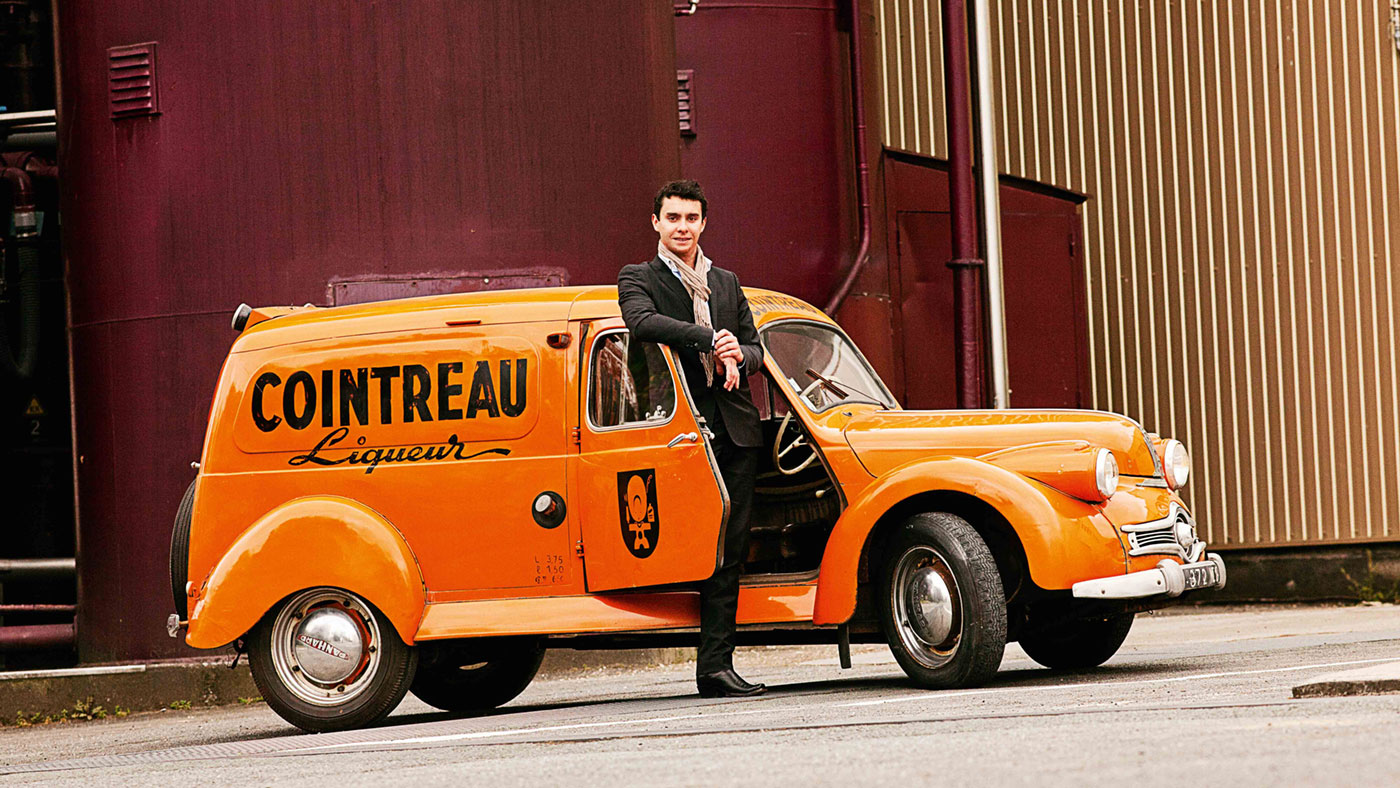 Family Values: Inside the legacy of Cointreau
Family Values: Inside the legacy of CointreauIn Depth Alfred Cointreau on why passion, creativity and equality lie at the heart of the company's heritage
-
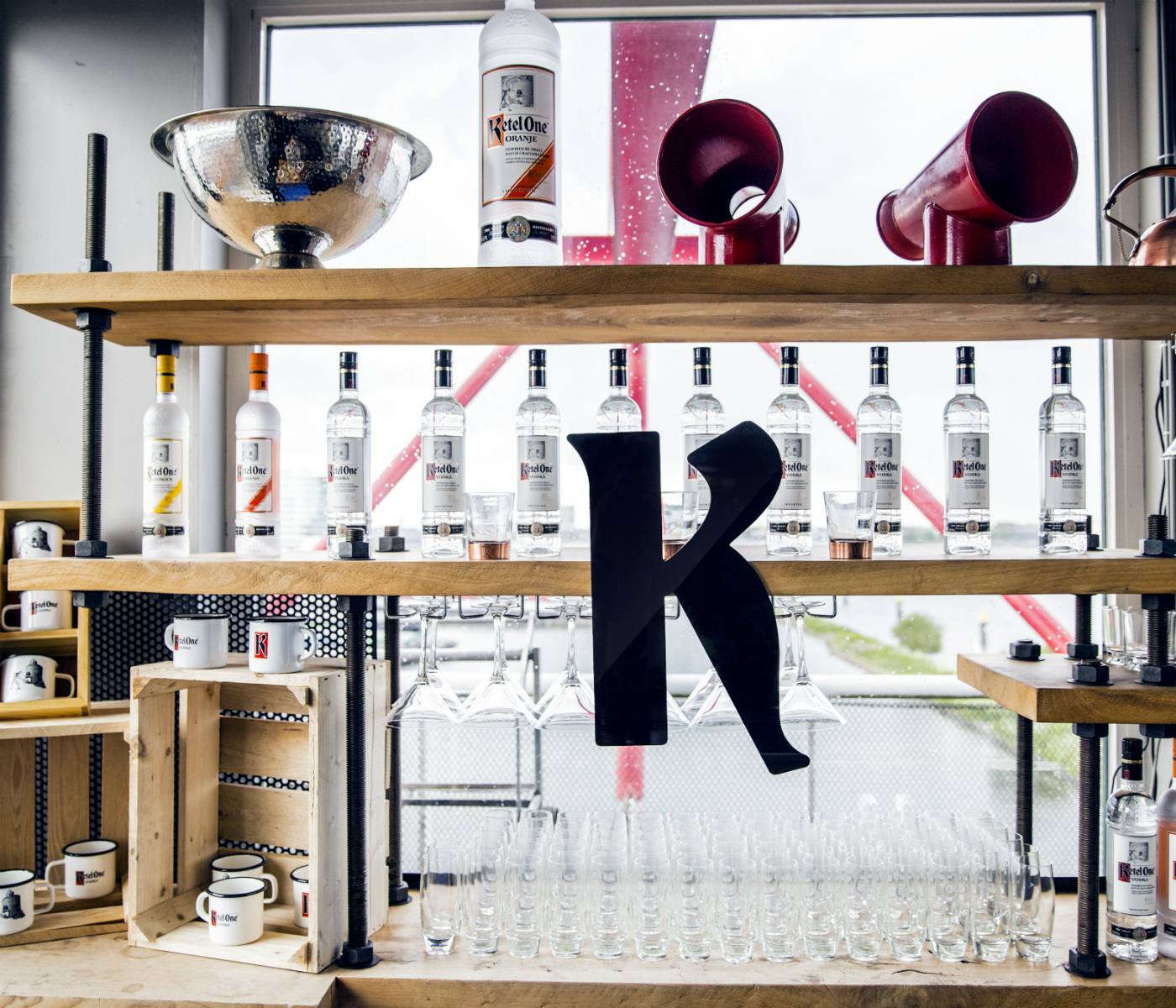 Ketel One Vodka: A family affair
Ketel One Vodka: A family affairIn Depth Three hundred years, eleven generations and an innovative mix of old and new give birth to a drink that challenges preconceptions
-
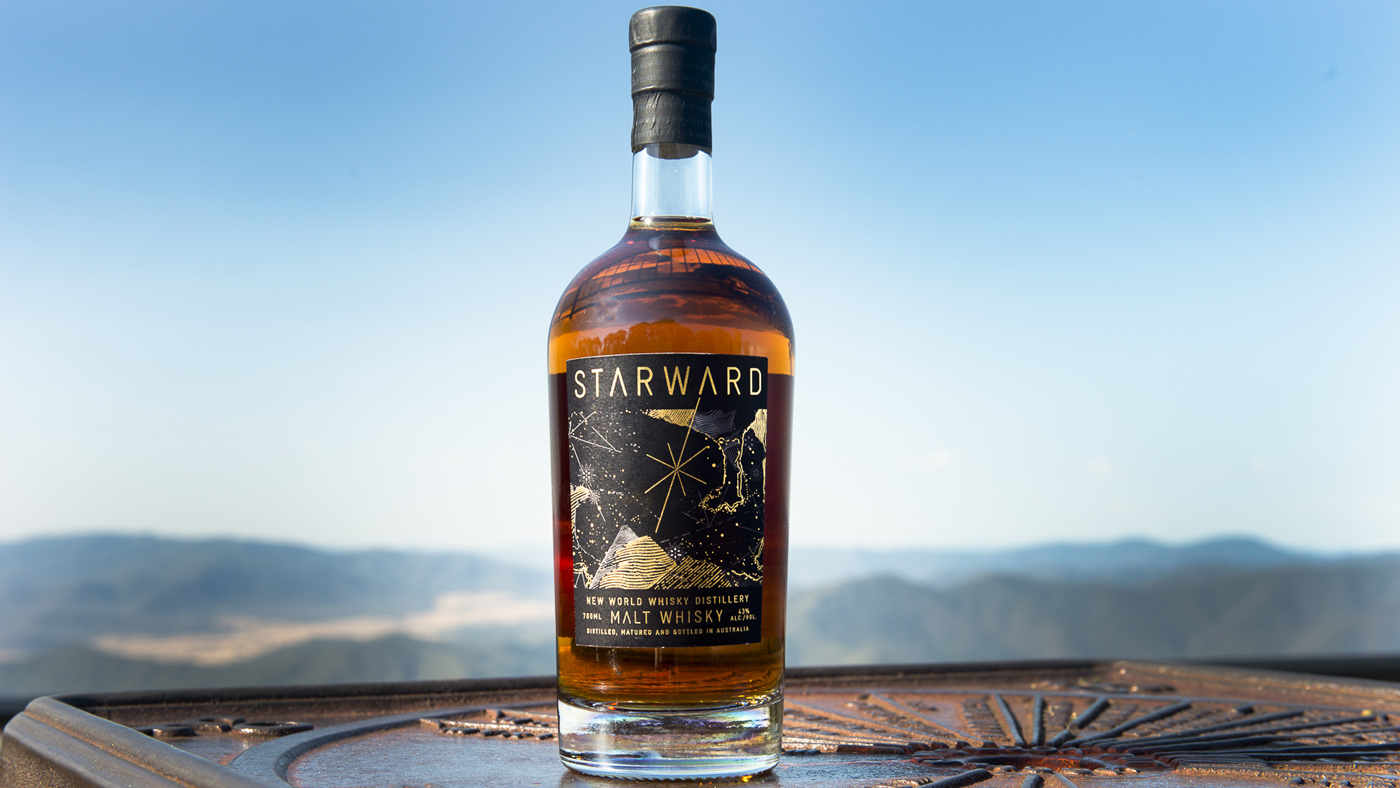 Nine of the best gins and whiskies for Father's Day
Nine of the best gins and whiskies for Father's DaySpeed Read Bottles for the dad who claims to have tried everything
-
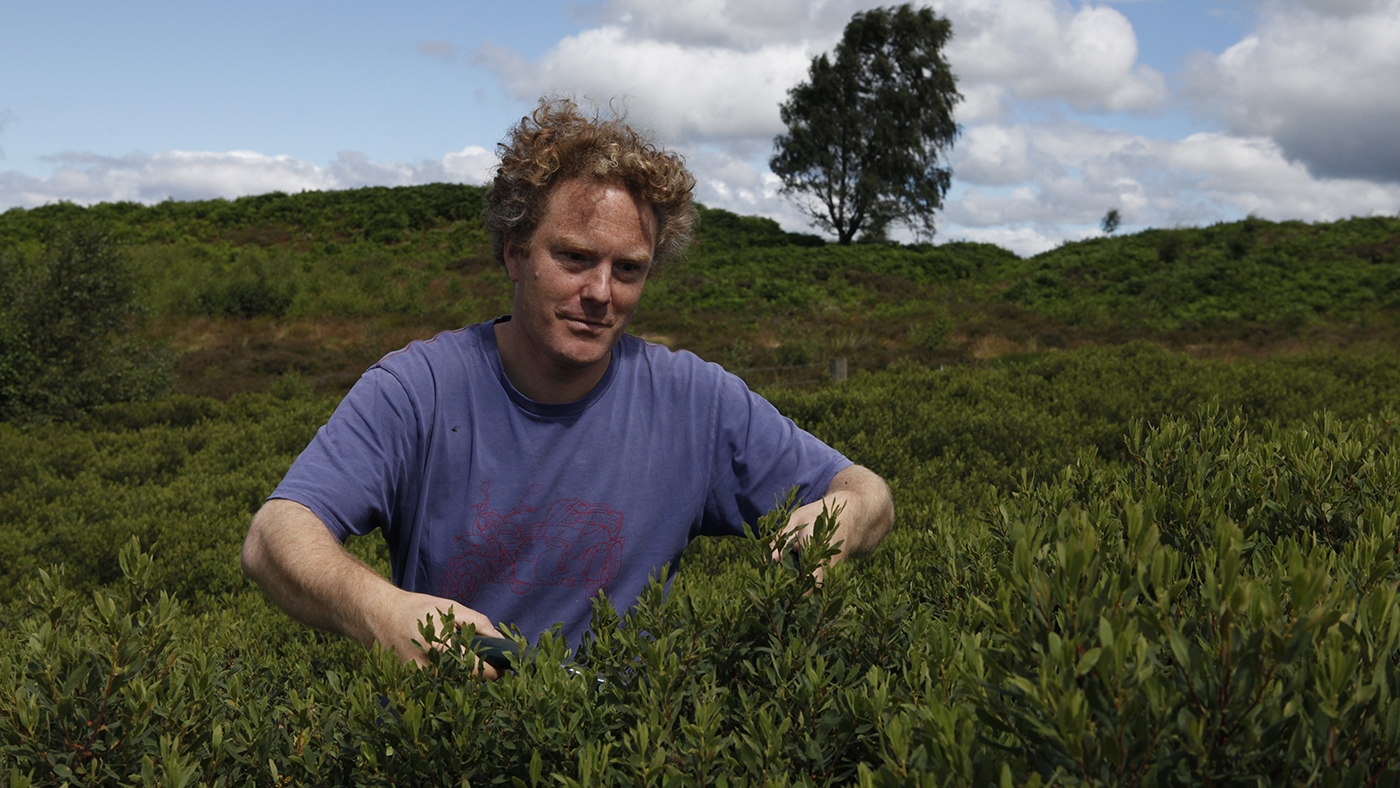 Hepple: The new techniques in British gin making
Hepple: The new techniques in British gin makingIn Depth Walter Riddell of Moorland Spirit Company talks about using local juniper and extracting their intense flavour with perfume-making methods
-
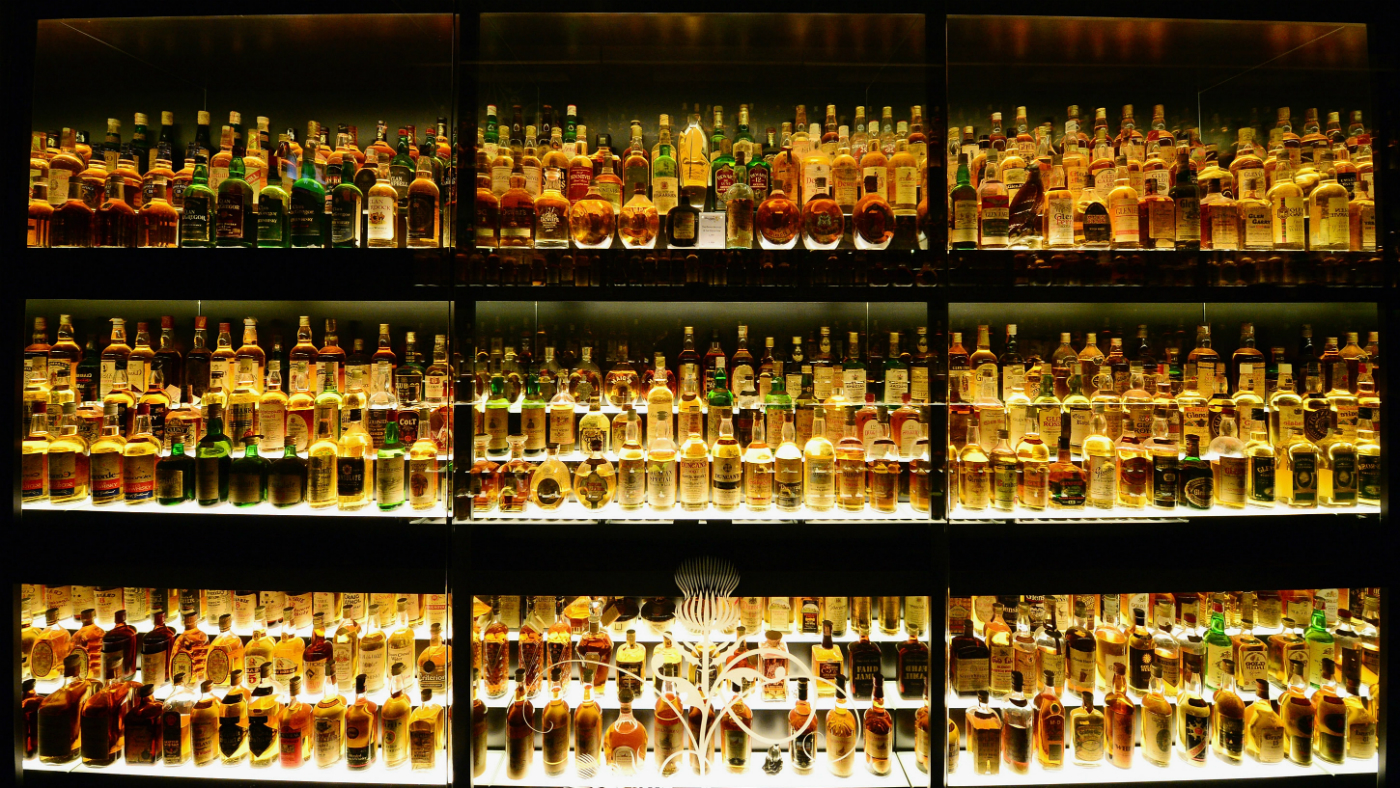 Mix it up: Why you will be drinking mezcal and Irish whiskey before the year is out
Mix it up: Why you will be drinking mezcal and Irish whiskey before the year is outIn Depth Harvey Nichols' spirits buyer on the biggest drinks trends of 2017
-
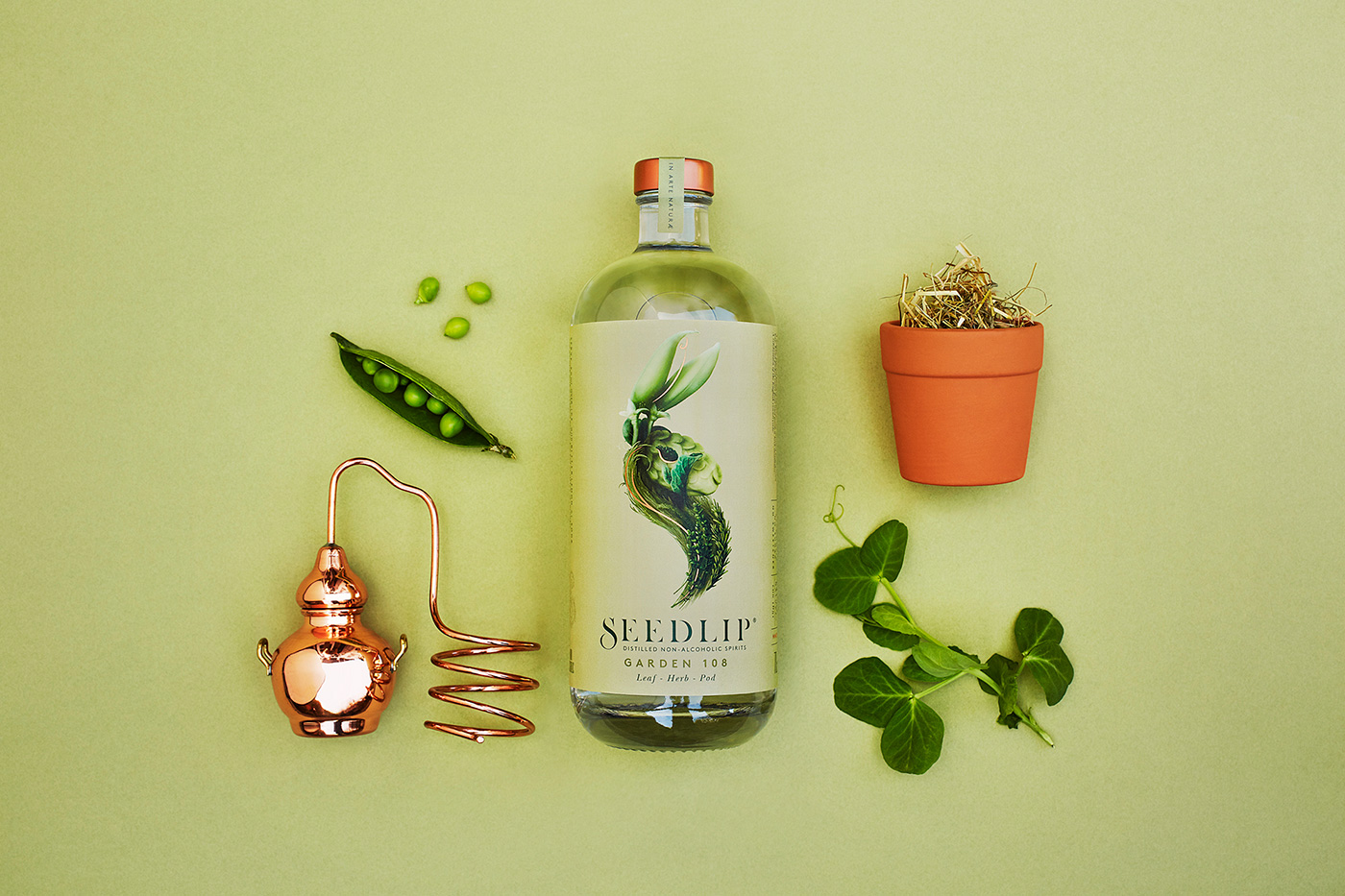 Seedlip: a spirited alternative to alcohol
Seedlip: a spirited alternative to alcoholIn Depth The purveyor of this year's growing no-alcohol drinks trend is a refreshing substitute for those looking to avoid the hard stuff
-
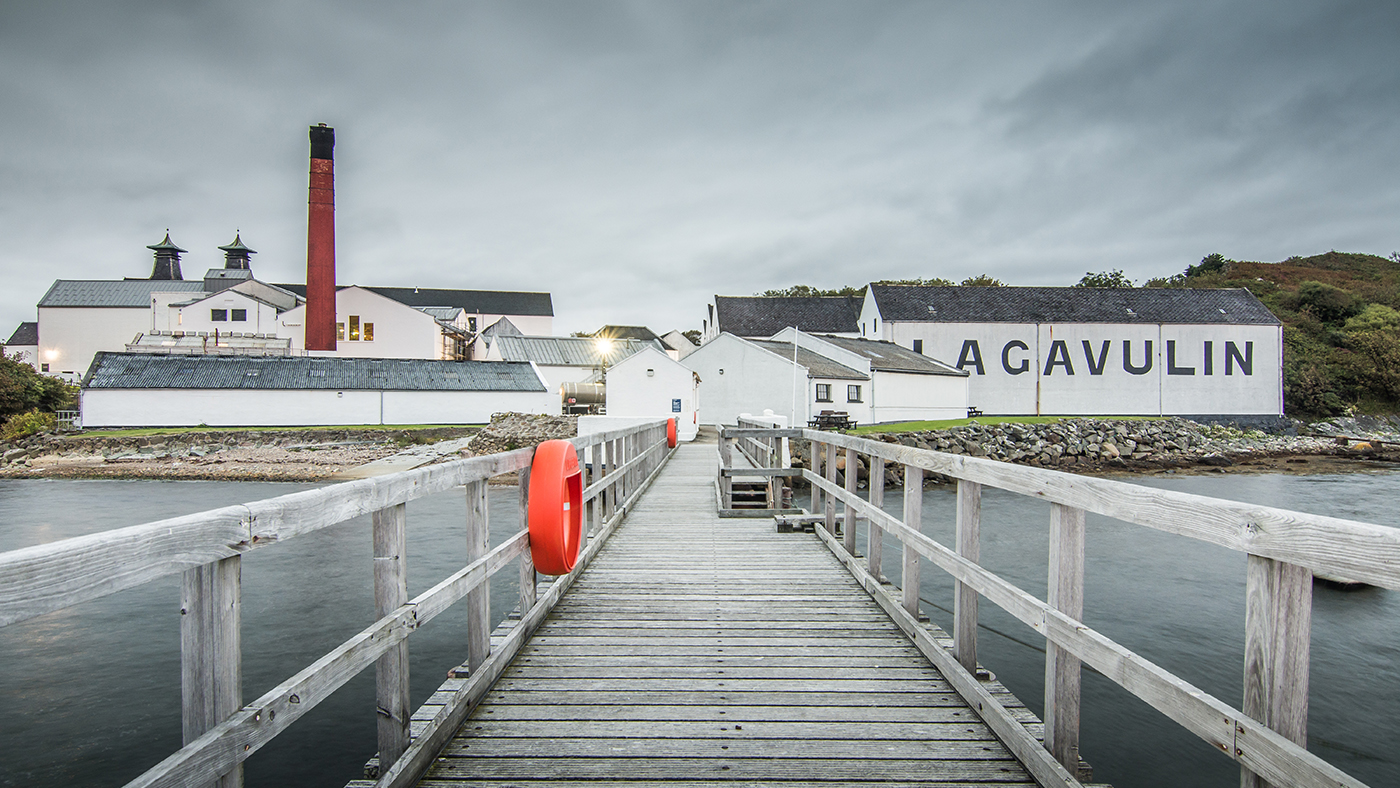 Lagavulin whisky: 200 years old, for peat's sake
Lagavulin whisky: 200 years old, for peat's sakeIn Depth As the brand marks its bicentenary, distillery manager Georgie Crawford describes how tradition and technology meld on the island of Islay